In this article, we are going to put Espresso vs Moka Pot head to head.
In today’s market, the specialty coffee industry is booming. With that comes a wide variety of different brewing methods.
An espresso is arguably the most popular brew to make, and many have begun to make their own at home.
However, do you actually need an espresso machine to make one, or could use something as simple as the Moka Pot to bring you the same result.
Espresso vs Moka pot? The answer, in order to really make a true espresso, you will need to invest in an espresso maker. A Moka pot on the other hand, does get close to an espresso, but the reality is, it is not going to make a true espresso.
This got us thinking, so we decided to dive in and put Espresso Vs Moka Pot to the test.
Within this article we will explore the differences and attributes of each brewing method.
Table of Contents
Espresso Vs Moka Pot (at a glance)
| Attributes | Espresso Machine/Maker | Moka Pot |
| Flavour | Rich, balanced, complex, bright | Balanced, well- rounded, sweet |
| Durability | Complex | Simple |
| Ease of use | Harder | Easier |
| Cost | Expensive | Cheaper |
| Brew Time | 10-30 seconds | 5-6 minutes |
What actually is an Espresso?

In order to understand what the differences are between an espresso maker and moka pot, we first need to understand what an espresso actually is.
The Espresso is a coffee making method that originated in Italy.
It involves a small amount of very hot water (just off the boil).
The water is forced through finely ground coffee beans due to high amounts of pressure.
You can make an espresso with all kinds of coffee beans from around the world.
As well as different roasts levels depending on personal taste preferences.
The forced pressure used during the espresso making process reduces the brew time to less than 30 seconds.
This will result in an ultra-rich and concentrated coffee.
For a more in-depth look into the Espresso, check out this quick video below.
So now we have an idea on what an espresso actually is, it is time to put the espresso and moka pot head to head.
What is an Espresso Machine?
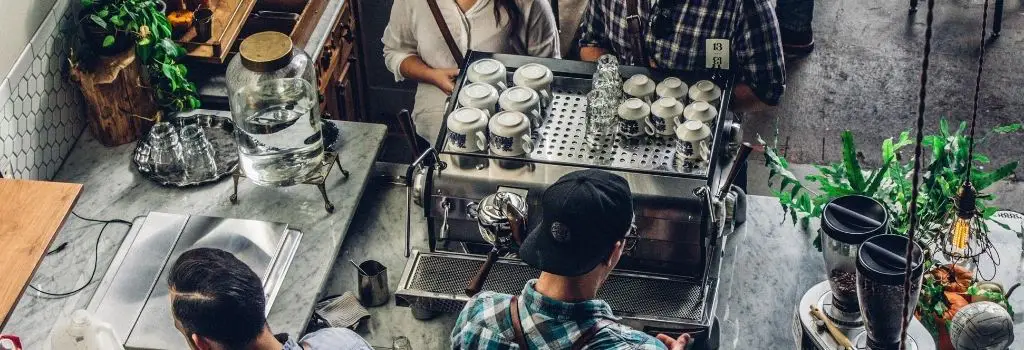
An espresso maker, or espresso machine is a much more complex piece of coffee making equipment.
There are many electrical components, the mechanics are far more complicated, and simply put, there’s more to break.
An espresso machine will force hot pressurized water through your coffee grounds that are inside a puck and through the filter, which results in that thick “liquid gold”.
You will find that espresso machines brew under substantially larger amounts of pressure 9 bars (130 psi), as well as generally using hotter water than moka pot brewing.
There is a huge range of different espresso makers and machines out there for the wide variety of particular needs and circumstances.
Some espresso makers can cost thousands, however, you can find many espresso makers that are under 500 dollars to buy.
However, many espresso makers and machines share some common elements, such as a grouphead and a portafilter.
You may also find many espresso machines to come with an in-built steam wand, which allows you to froth other liquids such as milk and/or milk alternatives, this then means you can go on and make other coffee brews such as flat whites and latte’s.
“An espresso machine has three main components. The water boiler, group-head and porta-filter.
The water boiler is self-contained and used to – you guessed it – boil water and build pressure. The group-head controls the water flow and pressure that is pushed through the porta-filter.
And finally, the porta-filter, which is a handled basket holding your coffee grounds in a compressed puck”
Evan Meehan, homgrounds.co
What is a Moka Pot?
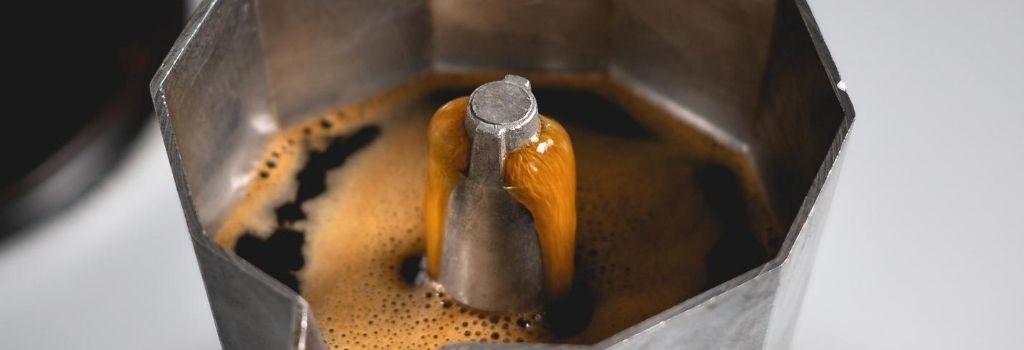
Moka pots, also known as stove top espresso makers, are similar to espresso machines in that they brew under pressure and the resulting brew shares some similarities, but in other respects differ.
The moka pot has been designed to be used on your stove top, and you can also now buy induction moka pots which are safe to use on induction stove tops too.
Like espresso machines, the moka pot also heats up the water and builds up pressure from steam which passes through ground coffee.
With a moka pot, this steam is created in the boiler (bottom chamber). Pressure builds up until the water is forced up through a filter funnel as well as going through the coffee ground, which is then collected in the top chamber.
A moka pot will start to make a sputtering sound which is general when the bottom chamber is nearly empty, and your coffee is ready to serve from the top chamber.
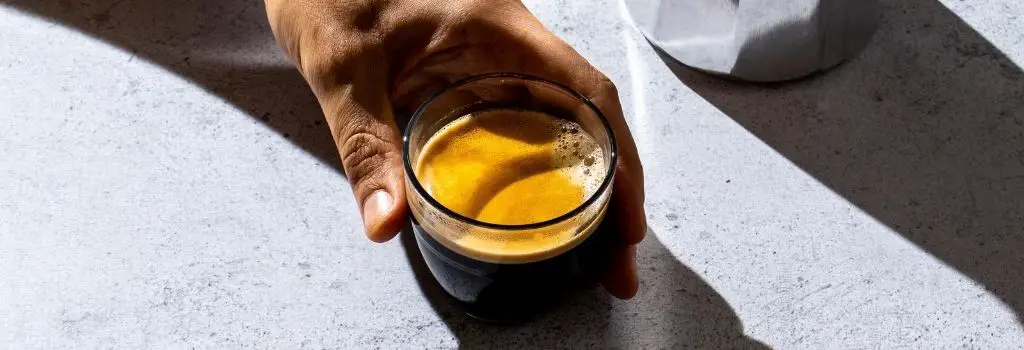
Moka pots have three main components;
- Bottom Chamber – This is where the water is stored and then heated via a heat source such as a stove top.
- Filter Funnel – This is where the coffee is held, and where the hot water will pass through.
- Top Chamber – This screws onto the bottom chamber and is where the brewed coffee is then collected.
Moka pots brew coffee at only around 1-2 bars, which is far less then what an espresso machine can achieve.
Depending on the quality of coffee bean, and the particular grind size, a moka pot can create foam emulsion known as crema, which for some, thought to only be achieved with an espresso machine.
What’s The Difference Between Espresso Vs Moka Pot?
Let’s now take a closer look at five main attributes that both these brewing methods have, and find out what’s the difference.
Flavour:
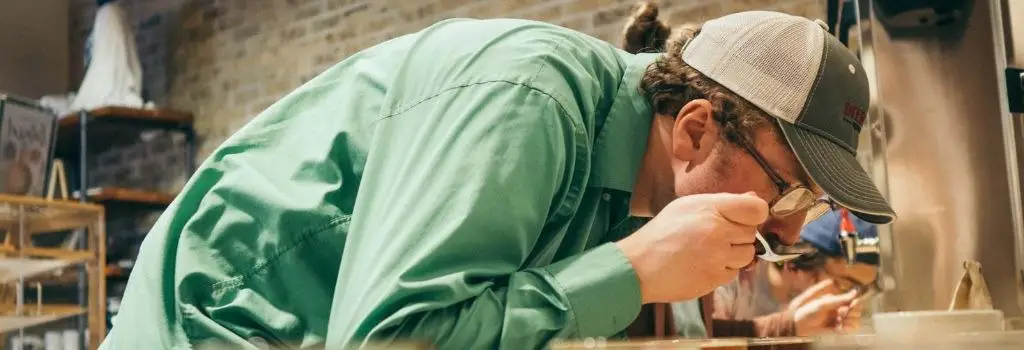
When you brew coffee from a moka pot correctly, generally it is intense, bold and comes with a heavier body.
You may also find that a moka pot brew to be well rounded and balanced with sweet notes pulling through.
Espresso, when brewed correctly is much more intense, which can come with a hugely complex flavour profile.
You will find an espresso to be richer than moka pot brews, as well as sweet, balanced notes pulling through.
Espresso is generally 5-8 times more concentrated than regular drip coffee, compared to a Moka pot which is about 2-3 times as concentrated.
Durability:

Moka pots are a simple brewer, made up of only three parts, which are also pretty cheap if something was to break (which is pretty rare).
However, espresso makers, it is pretty easy to see that they are far more complex, coming with electrical and sometimes plumbing components.
This is not a bad thing at all, it’s just you will really need to take more care, and become more familiar with espresso machine parts, and if something was to break, it may come with a much higher price tag.
Ease of Use:

Once you build up experience with both brewing methods, they can actually both be pretty easy to use.
However, it comes at no surprise that an espresso machine will most likely take you far longer to learn in order to make a quality espresso.
It is true, a tiny mistake on an espresso machine can have a pretty negative impact on your espresso.
However, there is also room for error when brewing with a Moka pot too.
You do not have as much control, which means you can very easily make a bitter brew.
Both require practice, like anything, however, ease of use would have to go to the moka pot first due to its simplicity.
Cost:
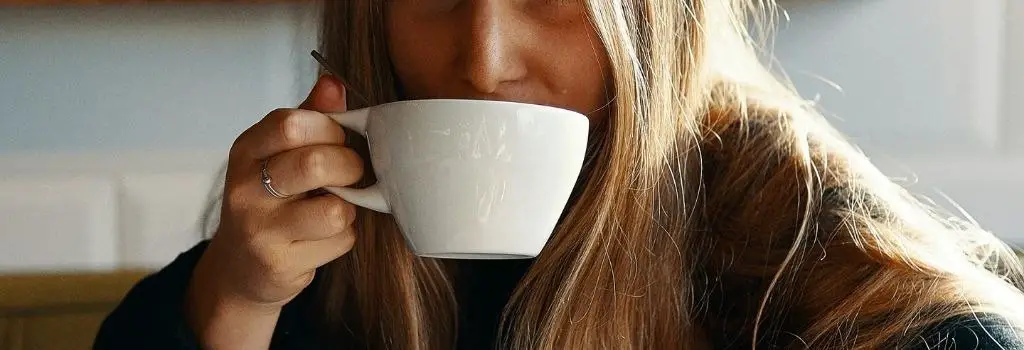
If you are out there looking for the best brands, then a moka pot will set you back something in the range of $30-$100 (£20 – £80 GBP).
In regards to espresso machines, yes you can find some pretty cheap capsule espresso makers.
These can be found for something around $150 (£115 GBP).
If you are looking for an effective semi-automatic espresso machine for home, then you could spend up towards $1200 (£900 GBP), plus.
Realistically, we would not recommend buying any model of espresso machine around the $100 mark as you are only setting yourself up to be disappointed.
If you are serious about making a true quality espresso for a number of years, you will need to invest some money into the machine.
Therefore, espresso does come in at a higher cost than pretty much all moka pot models.
Brew Time:
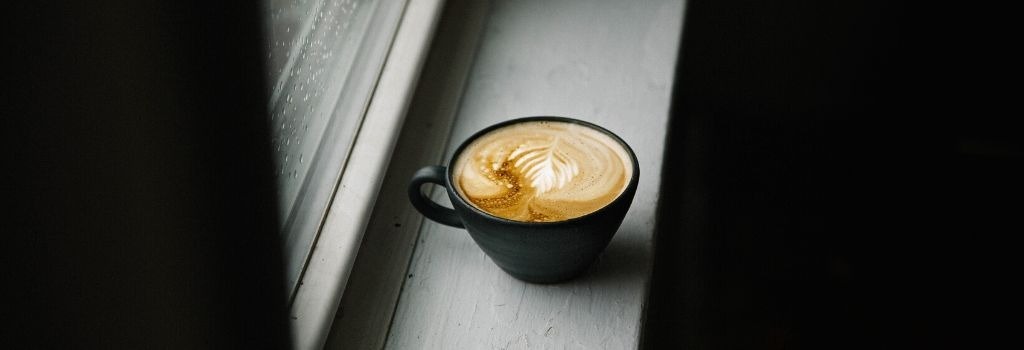
If you are considering the entire process, heating up the water, brewing the coffee etc, then a moka pot will generally take about 10 minutes in total.
You should start hearing hissing sounds, which generally means your moka pot is ready to serve.
With espresso, to have everything prepared and heated, this should only take about 6-7 minutes.
However, when you pull an espresso shot this can take no more than 30 seconds.
After some time, you may be able to do this faster for both methods.
An espresso machine certainly creates your brew a lot faster.
At a glance;
As you can quickly discover, espresso vs moka pot does come with many similarities, but ultimately are two separate brews.
The moka put does get close to an espresso, but it is not a true espresso. In order to get the true espresso you do need to invest in an espresso maker/machine.
How To Make Coffee With A Moka Pot?
This step by step guide will explain to you how to brew with the moka pot. The end result will be 4 cups.
Step by step guide: How to use a Moka pot
- First grind your coffee beans, about table salt size. You will need to fill the basket which will be about 16 grams.
- Add water to the line in the bottom chamber. Already heated water is best.
- Insert the filter basket to the bottom chamber.
- Add your coffee grounds into the basket so it is levelled, and brush away any loose grounds.
- Screw the top chamber onto the bottom chamber, be careful of the heated water, you may want to use heat gloves.
- Put your brewer onto the stove top at a moderate heat, keep your moka pot lid open.
- Pressure will build, and brewed coffee will start to come out. It will start as a rich dark colour, and slowly become lighter.
- For best results, move the moka pot away from the heat source, once the coffee coming out is a light honey type colour.
- Once the coffee stops bubbling out, close the lid and serve by pouring into cups.
How To Make Coffee With An Espresso Maker?

This step by step guide will explain to you how to brew with the espresso maker. For a closer look at how to pull the perfect shot check out the article here.
If you have a capsule only espresso machine, it can be basically as easy as pressing a button.
However, we will be covering the steps to making a true espresso with a manual semi automatic espresso machine.
Step by step guide: How to use an espresso maker

- Pre – Heat
Be sure to preheat your coffee machine, portafilter and cup by pulling a ‘blank’ shot.
This means running water through the porta-filter and cup without using espresso.
- Grind
Ensure you grind fresh whole beans right before brewing. The grind texture is an important aspect of shot quality.
Too fine a grind will cause a slow, over-extracted shot that can taste bitter and burnt. Too coarse a grind will result in an under-extracted shot that is weak, watery and tastes sour.
- Dose
This is the part where you will need to determine the amount of coffee you put into your portafilter.
If you are after the more common double shot espresso, it is recommended you use between 14 – 18 grams.
However, this can also be weighed out by personal preferences.
Keep in mind, different coffees have different densities.
So you will need to either dose by weight or experiment with every new coffee.
- Settle and Clear Grounds
Settle your grounds evenly and clear any access grounds that you may have used.
Levelling the coffee bed is to ensure that the water does not flow out faster in any area.
We recommend gently tapping the side of the portafilter with your hand to more evenly distribute the grounds.
You can also settle the grounds by tapping the portafilter on a tamping mat.
- Tamp
Now there are two things you need to factor in when tamping which is, keeping level and using the right pressure.
Tamping ensures uniformity of extraction by levelling and packing the grounds to ensure equal and consistent water contact is forced through the coffee.
Therefore, ensure your are tamping your grounds evenly so you do not over or under extract.
When it comes to pressure, well it is really up to you, ultimately it does not matter if you tamp hard or not. Just do it consistently over time.
- Lock Portafilter Into Machine
Now you will need to twist the head of your portafilter into your espresso machine so it locks into place.
- Pull Your Espresso Shot (Brew)
Finally it is time to pull your espresso shot. If your machine doesn’t have an integrated shot timer, now is the time to set your phone to timer function.
The first part of the brew should be dark before it turns to a golden brown/foamy mixture that flows into the cup in a thin stream (also known as a mouse tail).
The ideal brewing time for a standard 30ml cup of espresso should be between 20 – 30 seconds.
If you are running too long or too short, check your grind, dose and tamp, then adjust it accordingly.
Crema is the best indicator of espresso quality.
You want an even hazelnut colour and thick enough so that if sugar is added, it will float on the surface for a few seconds before sinking.
FAQ’s

A: Modern espresso machines brew using 8-10 bars of pressure. That’s 5-10 times the pressure of a Moka pot, depending on the machine.
Yes, the coffee that Moka pots brew is strong and about as close as you can get to espresso without owning an actual espresso machine, but, by definition, it’s not true espresso.
A: You might be tempted to tamp, don’t. Moka pot doesn’t have enough pressure to punch through that and if you do so, you will slow the flow down and over extract, yielding a bitter cup.
A: The 6-cup size is best for couples or people who want to drink two normal cups of coffee with milk on top.
A: If you settle on a more expensive manual machine that costs, say, $1200 USD (£920 GBP), it works out at just $150 a year over an eight year lifespan.
Add to that the cost of coffee for one cup a day and milk, then an at home espresso machine will still cost you less than a daily cafe coffee habit.
Conclusion: Espresso Vs Moka Pot

Overall, if you are trying to decide if you should purchase the less expensive moka pot, or invest in the more expensive espresso machine, ultimately it may come down to personal preferences and flavours you enjoy.
Both of the coffee brewing methods produce a super concentrated form of coffee.
However, they are very different to each other.
Espresso vs moka pot are commonly put head to head in buying decisions.
So you need to consider factors such as your budget, experience, and your taste preferences.
By answering the question, do you want to make a true espresso, or are you happy with the moka pot, should point you to the right buying choices.
Hopefully this article has helped you see these differences (and some similarities), so that you can make an informed decision that is right for you.

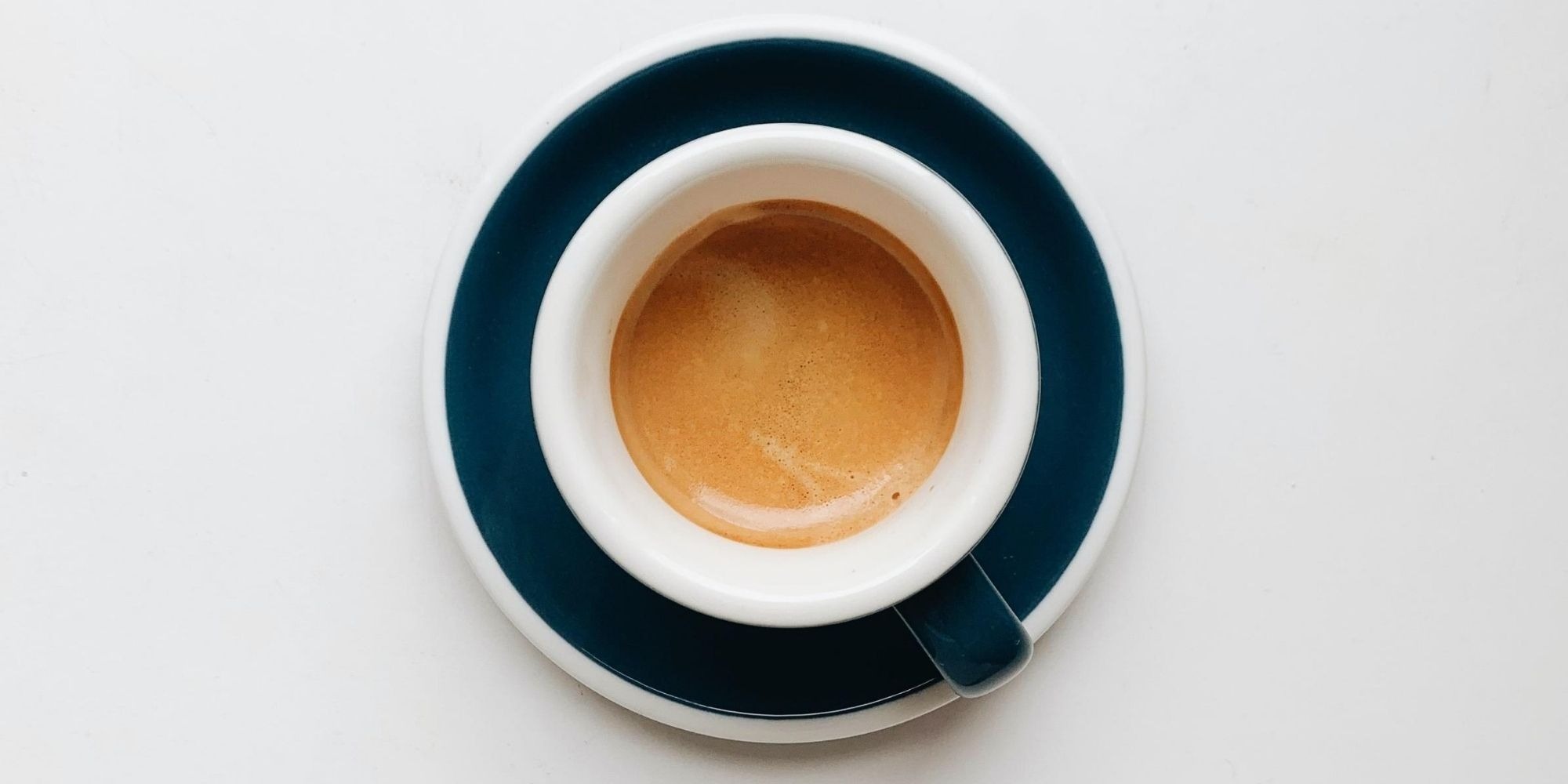


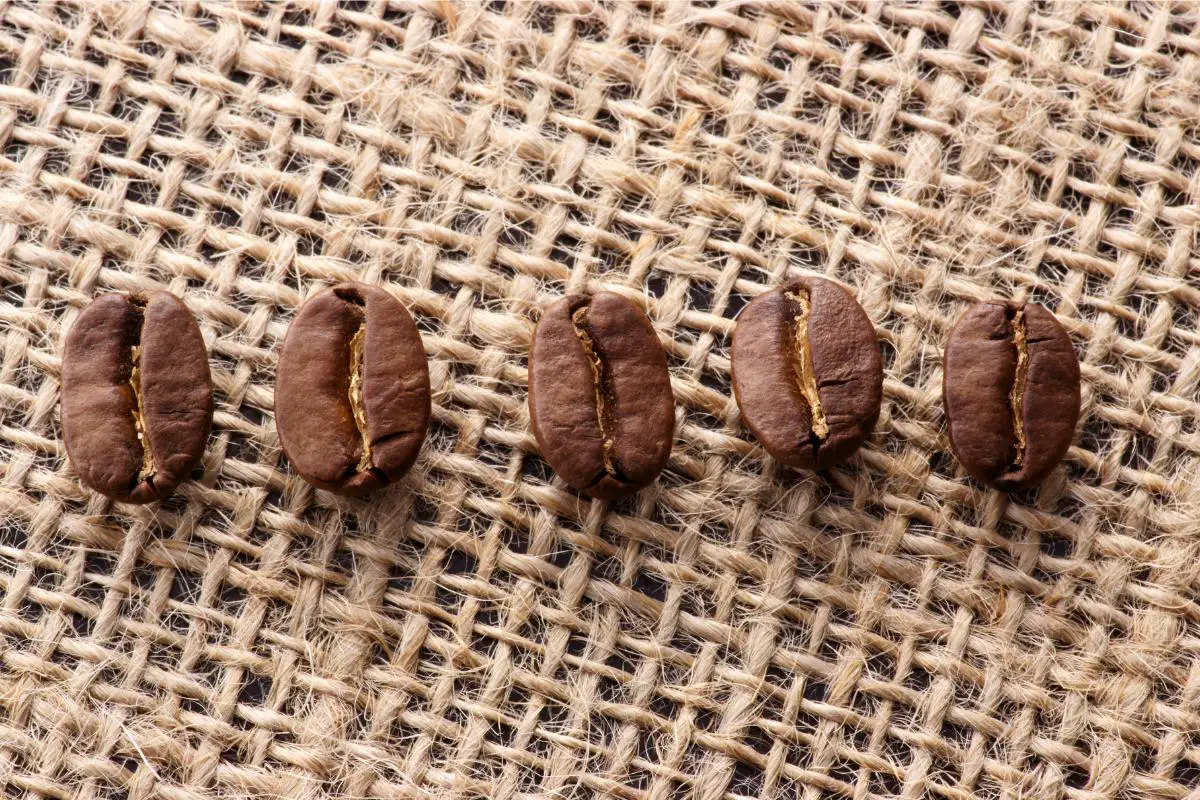
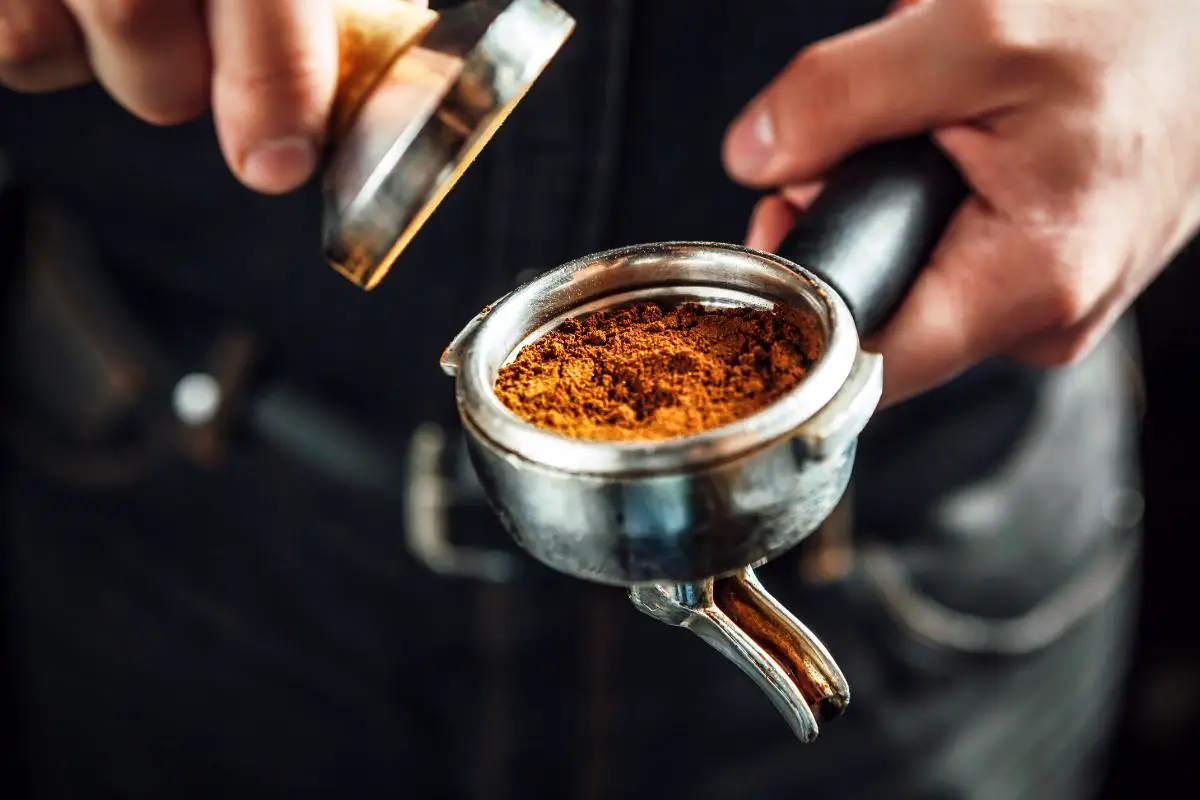
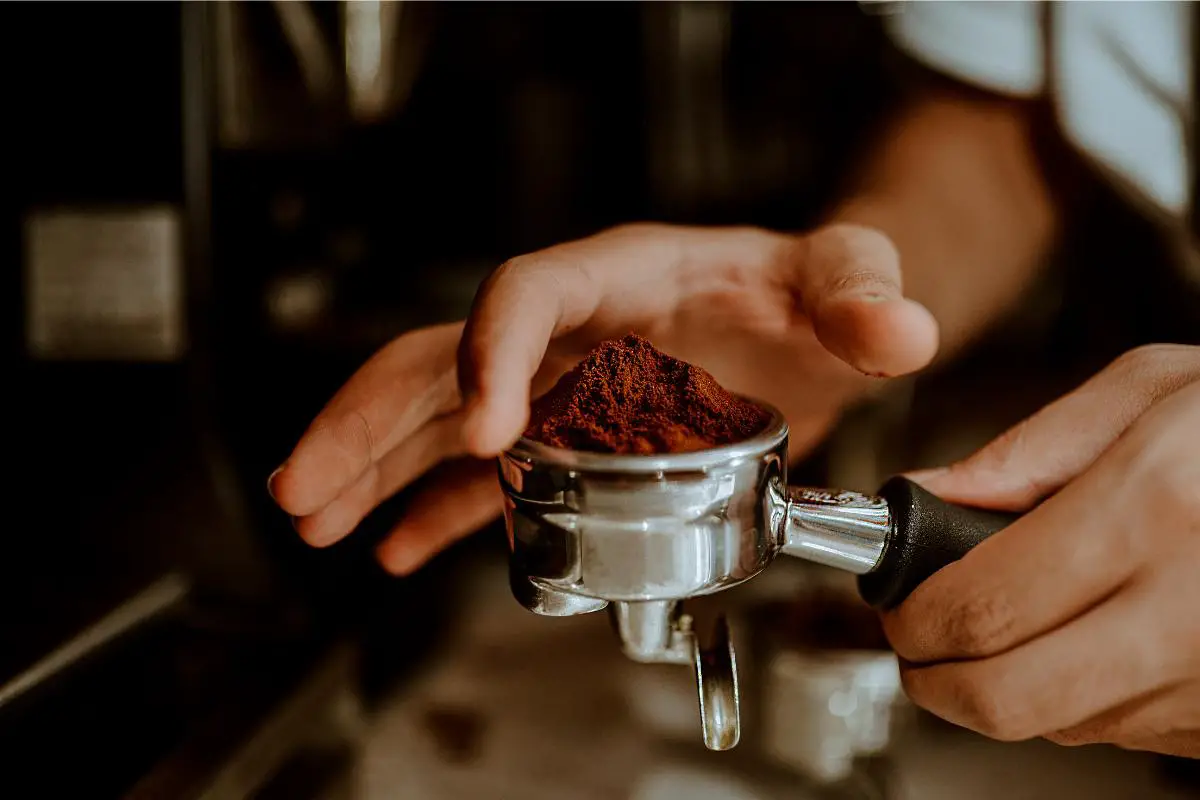
Leave a Reply